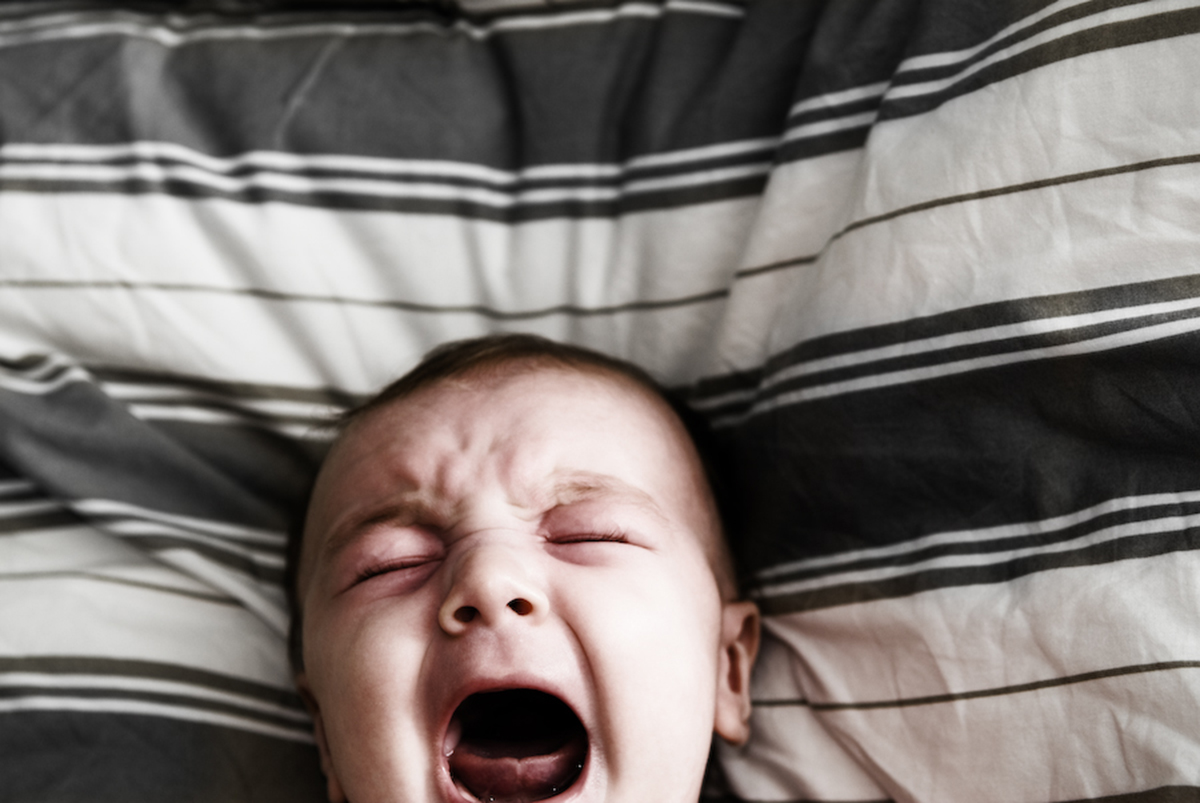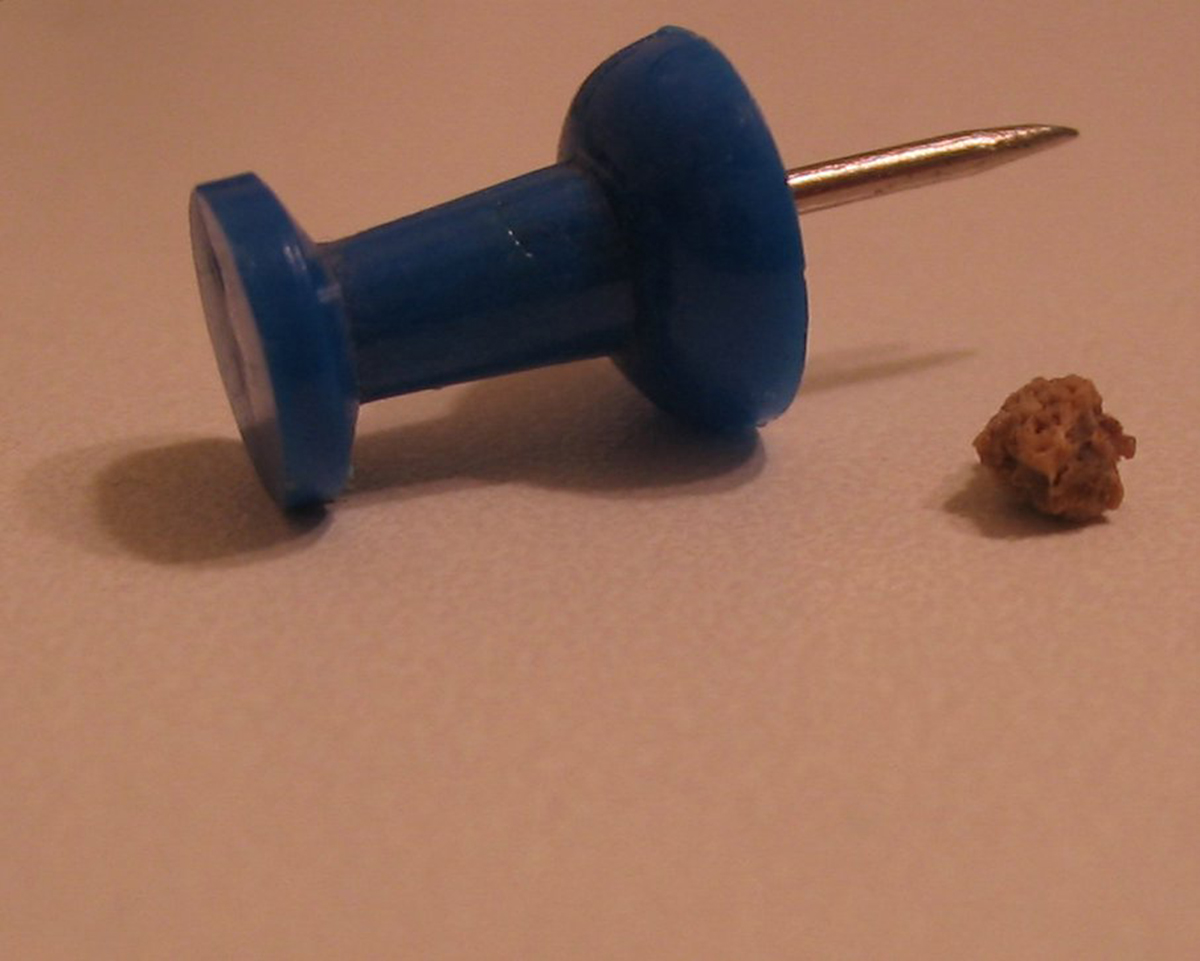Kidney stones are composed of hard concentrations of minerals and other elements that are usually found in urine. These stones will normally form in the kidney, before being passed down into the tubes that connect the kidneys to the bladder. Although rare, it is possible for kidney stones to form within the bladder.
Kidney stones can be of various sizes, smaller ones can be passed from the body without much pain or discomfort. However, a bigger stone may become jammed in the urinary tract and cause a blockage that does not allow urine to pass through. Larger stones can result in serious pain and blood can be seen in the urine.

The urinary tract, which contains two kidneys, a bladder, urethra and two ureters, allows the body to drain out excess wastes and water. The kidneys are bean-shaped and each one is about fist-sized, located under the ribs with one on each side of the spine. Every minute, the kidneys will filter about three ounces of blood, and remove waste and extra fluid.
How Common Are Kidney Stones In Children?
There is no scientific evidence or studies that show how common kidney stones are in children. However, many kidney specialists report seeing more children who have this condition in recent years. While kidney stones may occur more often in adults, they can happen in infants, young children and teens from all ethnicities and races.
READ Kidney Stone Flush: Pros and cons
Causes Of Kidney Stones In Kids
It’s possible for kidney stones to form when substances in the urine become highly concentrated. The following things can cause kidney stones in children:
- Urinary tract defects that block the flow of urine and creates pools. When urine becomes stagnant, trapped substances begin forming into stones. Up to a third of children who experience kidney stones have an anatomical defect involving the urinary tract.
- Children who are stricken with a metabolic illness could be more prone to developing kidney stones. The body will go through metabolizing nutrients in foods for energy and it removes the wastes that are not needed. The most common form of metabolic malady that could result in childhood kidney stones is hypercalcuiria, which results in extra calcium being stored and eliminated in the urine.
- Unhealthy lifestyle choices can increase a child's risk of developing kidney stones. Not drinking enough water or drinking the wrong types of fluids can make the urine more concentrated. Too much salt in the diet can contribute to more chemicals being present in the urine, and it can cause an increase in stones. Some doctors feel that increased rates of obesity, an increase in sedentary lifestyles and unhealthy diets may be causing more children to have kidney stones.
- Urinary tract infections can result in kidney stones in children. Certain kinds of bacteria that are in the urinary tract breakdown urea, which is a waste product filtered from the bloodstream and into the kidneys. These substances can form into kidney stones.
Signs And Symptoms Of Kidney Stones In Children
Painful urination, blood in the urine and feeling sharp or shooting pains in the back or lower abdomen can be the symptoms of kidney stones. A child can also experience nausea and vomiting in addition to the pain. However, children who have smaller stones may be able to easily pass them with little to no pain or symptoms.
Types Of Kidney Stones In Children
There are four main types of kidney stones that occur in children:
- Cystine stones are the result of a genetic disorder that causes cysteine to leak through the kidneys and into the urine in high concentrations, leading to stone to formation.
- Calcium stones are the most commonly diagnosed types of stones and occur in two forms; calcium oxalate and calcium phosphate.
- Uric acid kidney stones form when a child’s urine is highly acidic. Eating foods rich in purines may cause elevated levels of acid to form in the kidneys, so is best to limit the amounts of meat, fish and shellfish in a child’s diet.
- Struvite stones happen as a result of kidney infections. Elimination of infected stones from the urinary tract and remaining free from infection helps in the prevention of more of these stones.

Diagnosing Kidney Stones In Kids
The process of diagnosing kidney stones will begin with a physician considering the symptoms a child is experiencing. Pain or blood in the urine may be the first symptoms noticed. Urine, imaging and blood tests can help to determine if a child’s symptoms are caused by kidney stones. Other techniques used to make a diagnosis include:
- X-rays: a machine is used to take an image of a child’s urinary tract and it can be done on an outpatient basis or in the hospital. These images are read by a radiologist and can be used to locate stones. While less expensive than other detection methods, it can be less informative.
- Computerized tomography (CT) scan: this involves the use of x-rays and computer technology to seek the presence of stones. A child will be required to lay down flat on their back on an examination table which is slid into a tunnel-shaped machine where pictures are taken. CT scans can expose children to small levels of radiation, so health care providers will use the smallest amount possible to glean the information needed.
- Ultrasound: involves the use of a device called a transducer. In an ultrasound, painless sound waves are bounced off of organs to create an image. An abdominal ultrasound can be done to view the entire urinary tract to check for kidney stones.
Although kidney stones are a lot more common in adults than in children, they do occur. If you wish to find out more information about kidney stones, there is a wealth of resources available to you online, or you could speak to your own personal healthcare provider for further assistance.
- www.healthychildren.org/English/health-issues/conditions/genitourinary-tract/Pages/Kidney-Stones-in-Children-and-Teens.aspx
- www.niddk.nih.gov/health-information/health-topics/urologic-disease/kidney-stones-in-children/Pages/facts.aspx
- www.childrenshospital.org/conditions-and-treatments/conditions/pediatric-kidney-stones
- kidshealth.org/teen/diseases_conditions/urinary/kidney-stones.html
- www.chp.edu/CHP/Pediatric+Stone+Disease
- Photo courtesy of Pedro Klien via Flickr: www.flickr.com/photos/pedroklien/2853811359
- Photo courtesy of Pedro Klien via Flickr: www.flickr.com/photos/pedroklien/2853811359
- Photo courtesy of bradleypjohnson via Flickr: www.flickr.com/photos/bradleypjohnson/171732157


Your thoughts on this